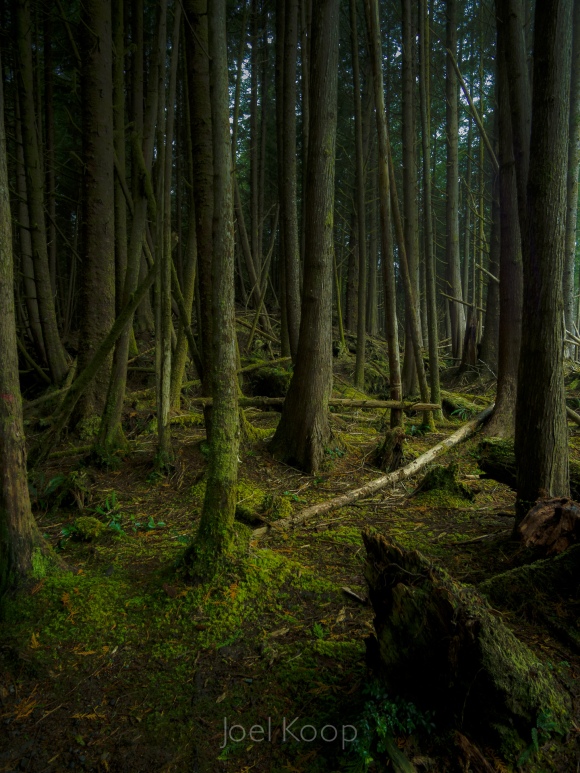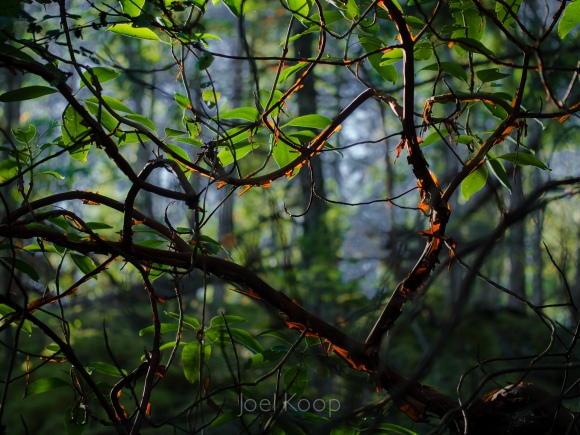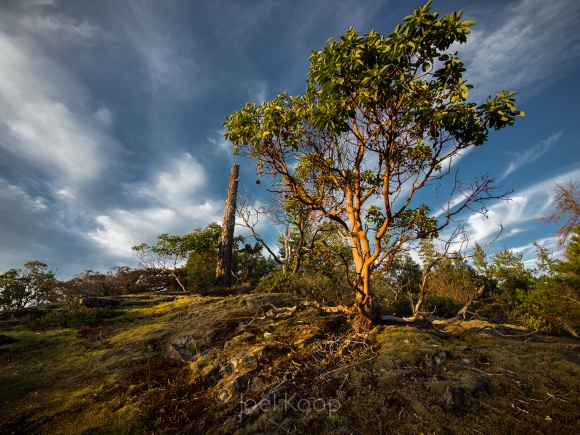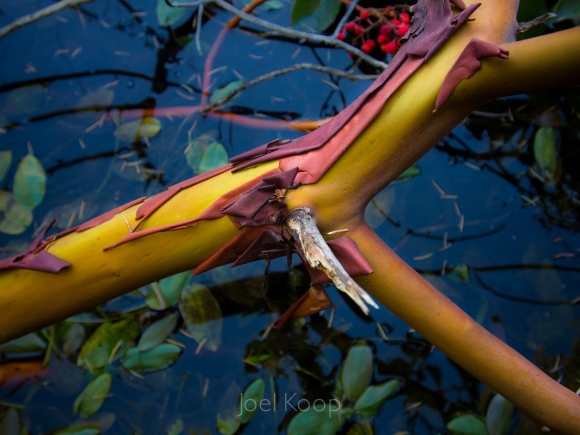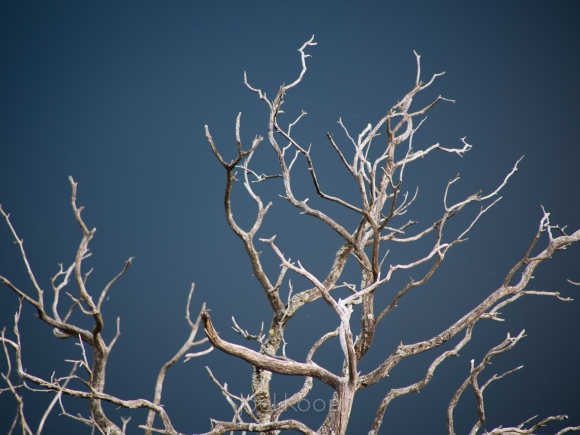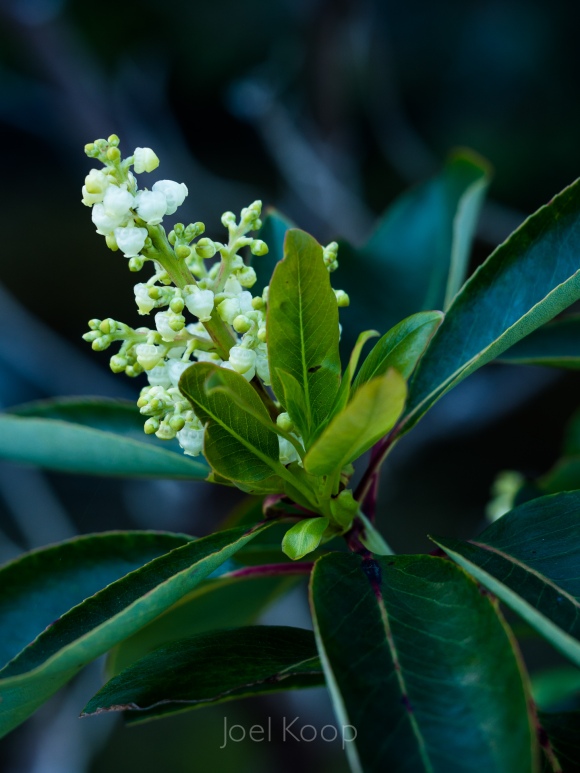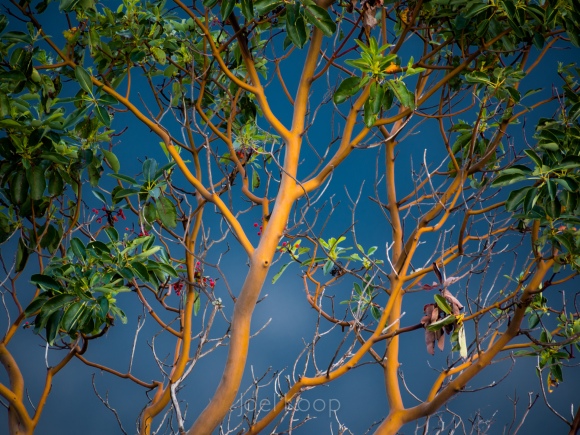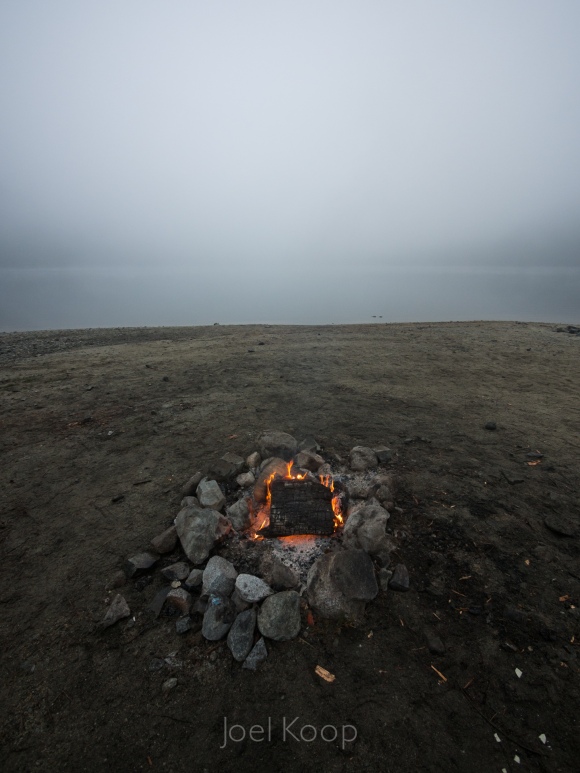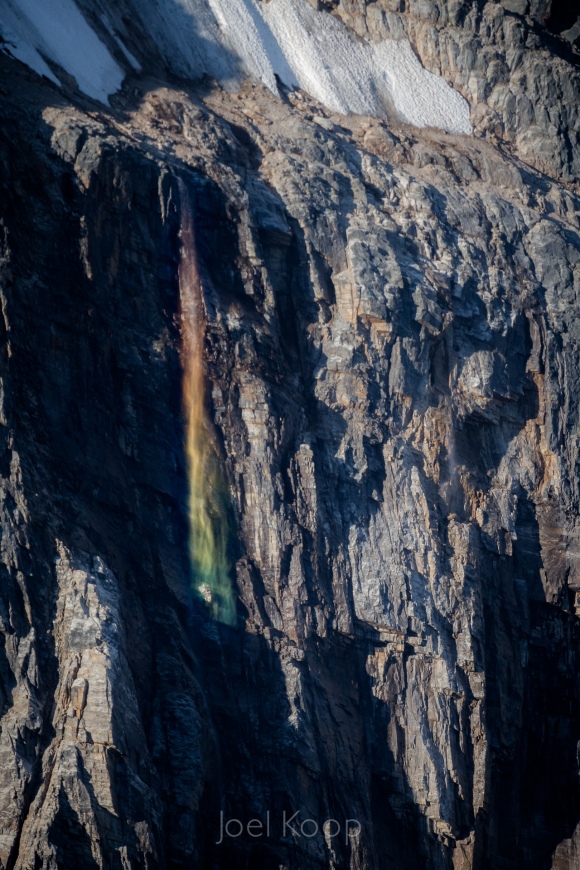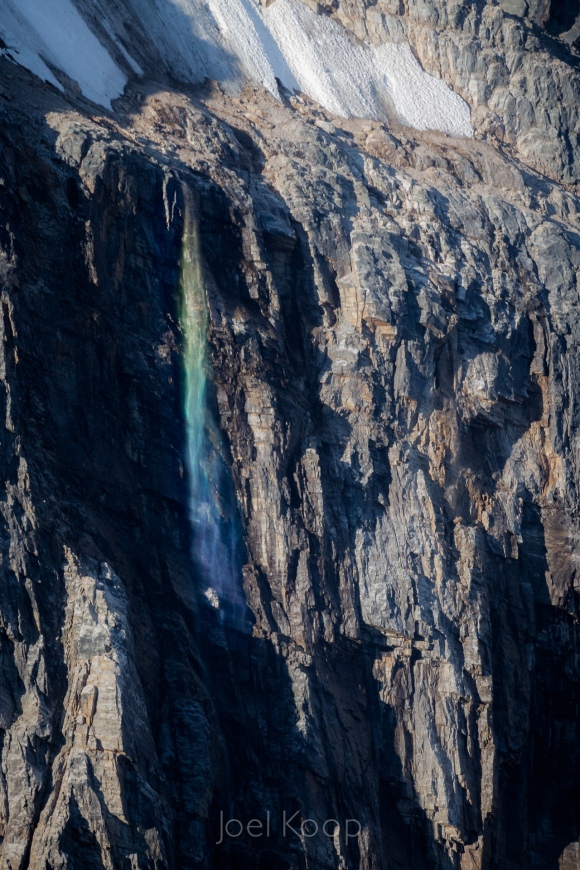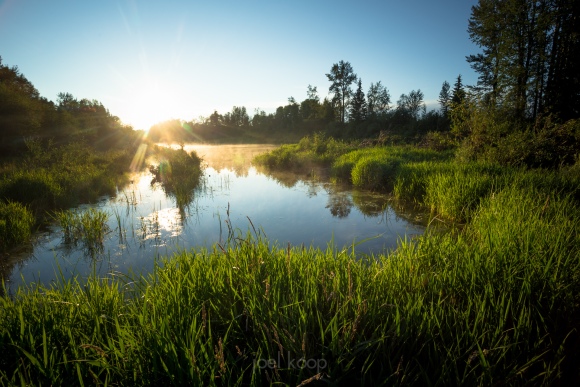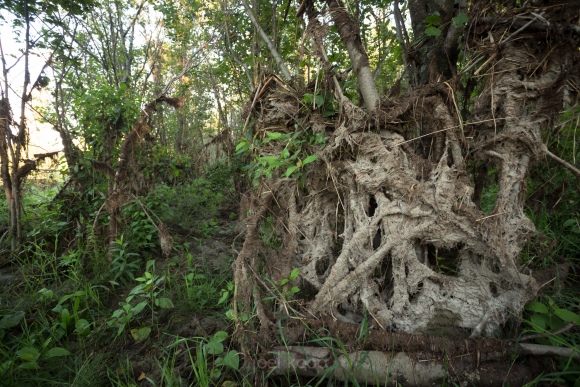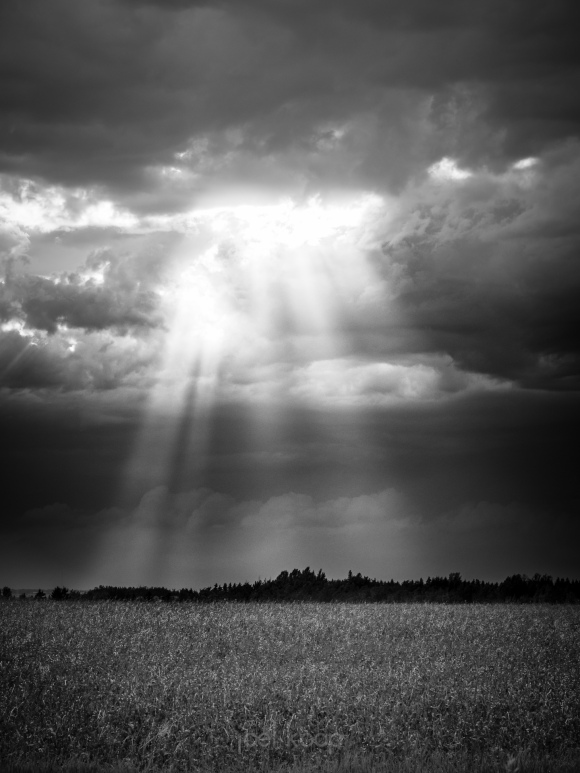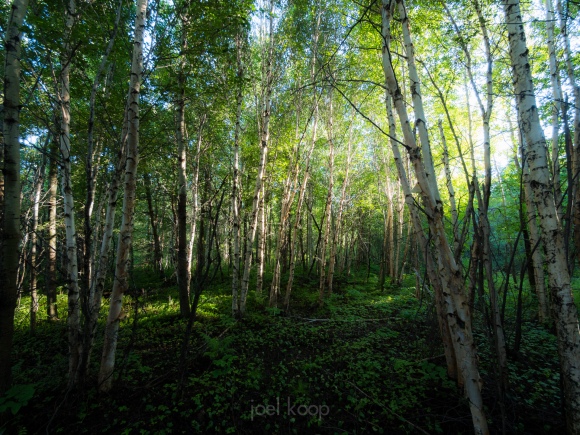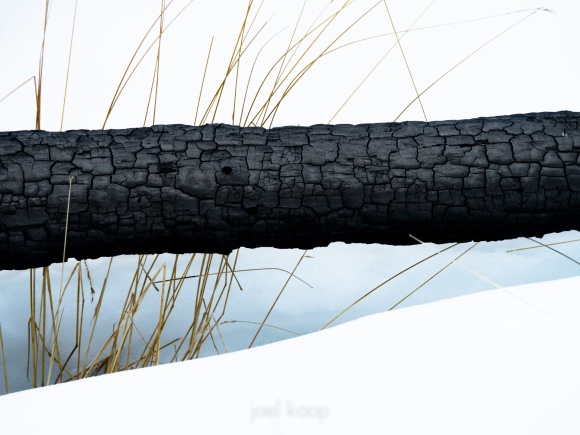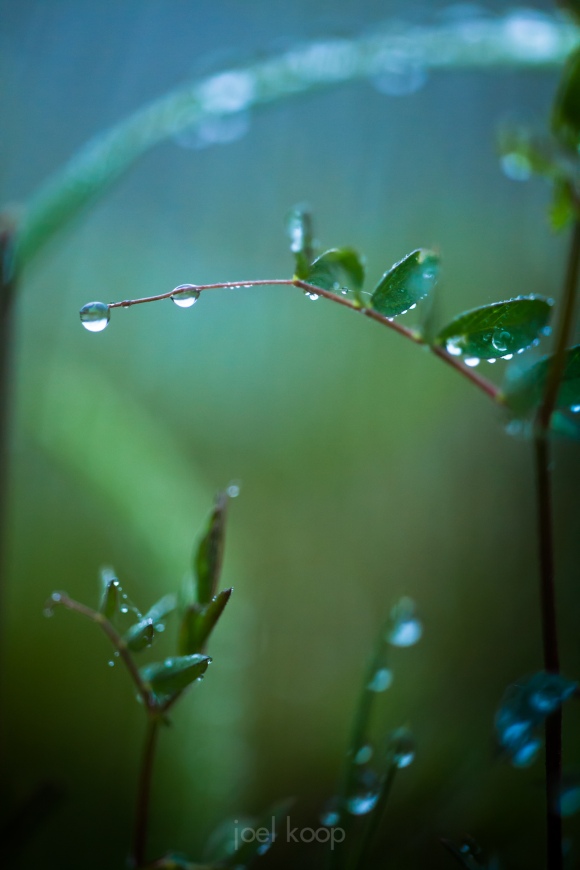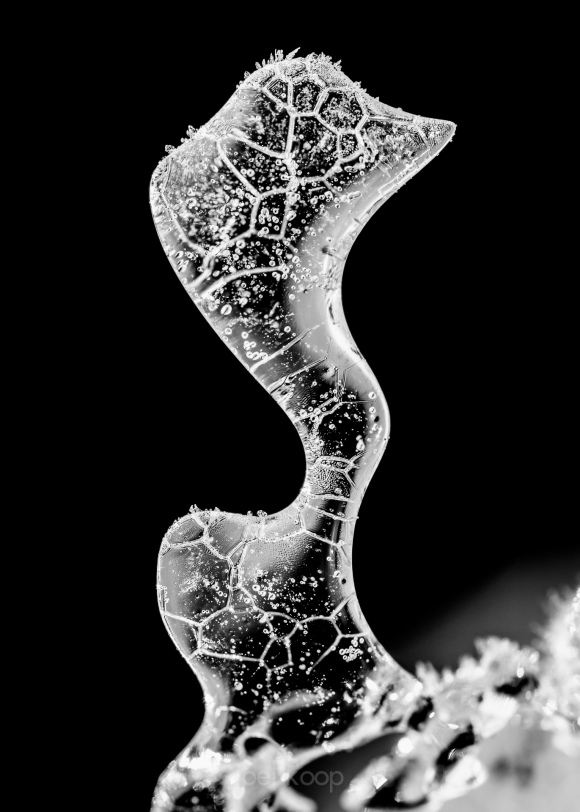This feeling is predictable and it has very little to do with photography. It goes on: “I’ve already taken all my best shots. I might as well quit now. What’s the point of going out trying to get more photos? My photos aren’t that good anyway. And even if I do take good photos, why? Does anyone care? I’m not saving any lives, or improving anyone’s living conditions.”
In the morning light, my brain isn’t as critical as in the dead of night. I start developing some photos I missed from a trip last year, and I actually start to like them. I realize maybe I’m not horrible. But even on good days, the negatives linger in the back of my mind, waiting for their chance to work their way into my thoughts.
I think this is something a lot of people struggle with – regardless of their profession or hobby. Ignoring the negative thoughts sometimes works for a bit, just so I can be productive, but the problem is that they have an edge of truth. So then I have to take a step back, try to be objective, and decide whether I’m on the right track. Find the things that are good and true and believable.
I think adding to the beauty of the world is important, and I have the ability to do that. I might even be able to pique interest in the world around us. I think a sense of wonder and curiosity can make life immeasurably better. And even though this isn’t necessarily saving any lives, I think it adds to the net good of the world. And I’m satisfied with that.
A cedar forest in Pacific Rim National Park.
12mm, f4, 1/40 of a second
